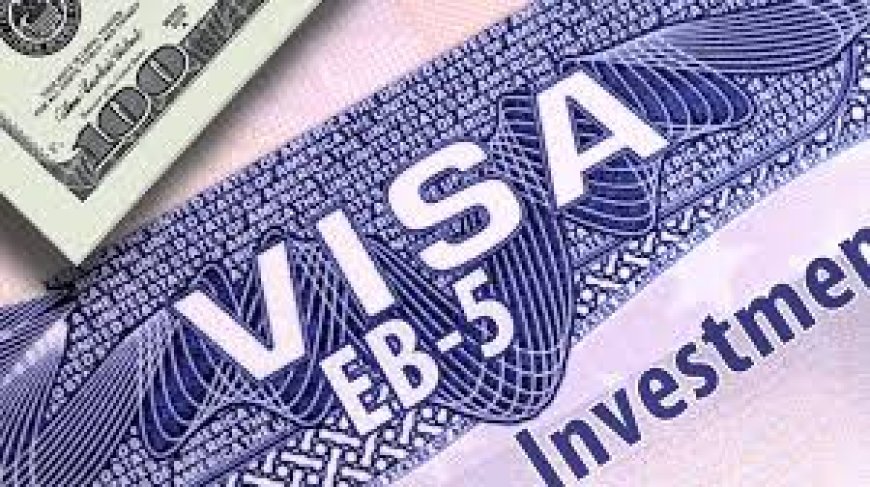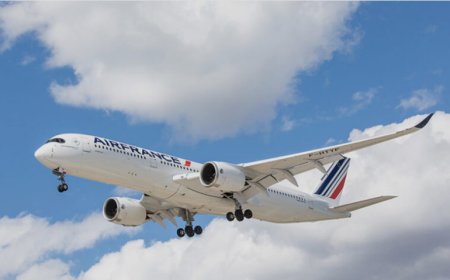What’s the Best Way to Apply for Student Visas for USA?

Studying in the United States opens doors to world-class education, global career opportunities, and cultural experiences that shape personal growth. But before any of that begins, international students need to navigate a key step: applying for student visas for USA. This process may seem complicated at first, but with the right approach and preparation, it can be smooth and rewarding. In this post, well explore the best way to apply for student visas for USA, breaking it down into clear, simple steps with a personal touch to help you feel confident every step of the way.
Understanding the Student Visa for USA
Student visas for USA are non-immigrant visas granted to foreign students who wish to pursue education in the United States. The two main types of visas are:
-
F-1 Visa: For academic students enrolled in a full-time program at a university, college, high school, private elementary school, or approved language training program.
-
M-1 Visa: For students enrolled in vocational or technical schools.
The F-1 visa is the most commonly issued student visa, especially for university-bound students.
Start with an Acceptance Letter
The very first step in applying for a student visa is to get accepted into a Student and Exchange Visitor Program (SEVP)-approved school. Once you're accepted, the school will issue you a Form I-20. This document contains essential information about your course of study, program duration, and financial requirements. You must have this form before moving forward in the visa process.
Pay the SEVIS I-901 Fee
After receiving your Form I-20, you must pay the SEVIS I-901 fee. This payment confirms your enrollment in the Student and Exchange Visitor Information System (SEVIS), a database used by the US government to monitor students. Be sure to keep your payment receipt, as youll need it for your visa interview.
Complete the DS-160 Visa Application
Next, youll need to fill out Form DS-160, the official online application for a non-immigrant visa. This form will ask for your personal details, travel plans, education history, and background information. Its crucial to complete the form accurately and honestly. Once submitted, youll receive a confirmation page with a barcodeprint and save it, as its required for your visa interview.
Schedule Your Visa Interview
You will need to book an appointment at a US embassy or consulate in your country. Visa interview availability can vary, so its smart to schedule as early as possible. You can apply for your student visa up to 120 days before your programs start date. Once your interview is booked, prepare all required documents.
Documents Youll Need
-
Valid passport (must be valid for at least six months beyond your intended stay in the US)
-
Form I-20 from your school
-
DS-160 confirmation page
-
Visa appointment confirmation
-
SEVIS fee receipt
-
Passport-sized photo (following US visa guidelines)
-
Proof of financial support (bank statements, scholarship letters, or sponsor support letters)
-
Academic records (transcripts, test scores like TOEFL, IELTS, SAT, or GRE)
Each embassy might have slightly different requirements, so double-check with your local consulate before your interview.
Prepare for the Interview
This is one of the most important parts of the visa process. During your interview, a consular officer will ask about your background, study plans, financial situation, and future goals. Their goal is to determine whether you're a legitimate student and that you plan to return home after your studies.
Here are a few tips to help you succeed:
-
Be confident, clear, and honest
-
Know details about your chosen course and why you selected it
-
Explain how youll pay for your studies and living expenses
-
Show ties to your home country (family, property, job prospects)
-
Keep answers short and focused
The interview usually doesnt take long, but its your chance to make a strong impression.
After the Interview
If approved, your passport will be taken for visa stamping and returned to you in a few days. If youre denied, the officer will usually explain the reason. In some cases, you may reapply or provide additional documents for reconsideration.
Once you have your visa, you can enter the US up to 30 days before your program starts. Make sure you plan your travel accordingly and keep all documents handy for inspection upon arrival.
Arriving in the US
At the port of entry, youll meet with a Customs and Border Protection (CBP) officer who will review your visa and documents. Youll be asked about your purpose of travel and educational plans. Once cleared, youll be issued an I-94 form (electronically) that shows your date of entry and status.
Maintaining Your Visa Status
Getting the visa is just the beginning. You must follow the rules to maintain your status while in the US:
-
Stay enrolled full-time
-
Make academic progress in your course
-
Attend classes regularly
-
Report address or program changes to your school
-
Dont work off-campus unless approved through Optional Practical Training (OPT) or Curricular Practical Training (CPT)
Violating these terms could lead to losing your visa status and being asked to leave the country.
Can You Work with a Student Visa?
Yes, but with limits. F-1 visa holders can work on campus for up to 20 hours per week during the academic term and full-time during breaks. Off-campus employment is only allowed through CPT or OPT, both of which require approval.
-
CPT allows you to work while studying, often as part of a course or internship
-
OPT allows you to work in your field after graduation for up to 12 months (or 36 months for STEM fields)
These programs provide excellent opportunities to gain real-world experience and improve your chances of long-term employment in the US.
Bringing Family Along
If you have a spouse or children under 21, they can apply for F-2 visas as dependents. While they can live in the US with you, F-2 spouses cannot work, and children can only attend school at the primary and secondary levels.
Thinking Ahead: Whats Next After Graduation?
Once your program ends, youll have a 60-day grace period to either leave the US, transfer to another school, start a new course, or apply for a change of status (like a work visa). If you plan to stay longer, its important to plan early and talk to your schools international office or an immigration advisor.
Final Thoughts
Applying for student visas for USA is a big step in a students academic journey. While it involves paperwork and preparation, its absolutely achievable with the right mindset and information. Remember, the process isnt just about rules and formsits about your future.
Take your time, stay organized, and dont be afraid to ask for help. This journey could be the start of something life-changing. And it all begins with one decisionto apply for your student visa and take that leap into your American education adventure.






































